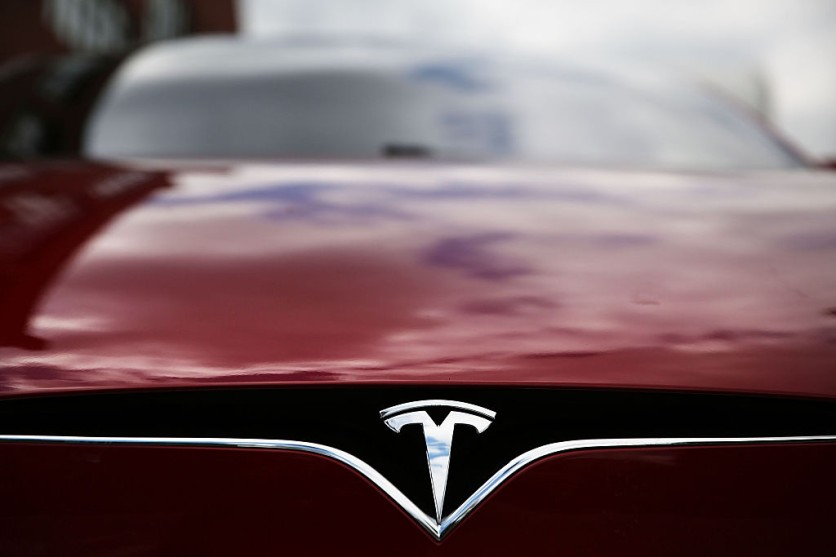
Tesla is taking another stride towards enhancing safety on the road with its latest feature, "Driver Drowsiness Warning."
This new addition uses the car's cabin-facing camera, originally designed to ensure driver attentiveness, to detect signs of drowsiness, such as frequent yawns and blinks.
The New Tesla Feature Against Drowsy Driving
The Driver Drowsiness Warning system functions by examining both the driver's facial characteristics and their driving behavior.
If it detects signs of fatigue, an alert is promptly displayed on the touchscreen in the car's cards area, accompanied by an internal alarm as an additional warning.
This combination of visual and auditory alerts is designed to keep drivers alert, especially during long journeys or monotonous highway driving.
However, for those who might find the system intrusive or unnecessary, Tesla has provided an option to disable it. Drivers can do so by navigating to the car's control settings and then selecting 'Safety.'
Although it might be tempting to switch off this feature, Tesla emphasizes that the system aims to ensure the driver remains vigilant on the road. Therefore, the warning system will reactivate during each new drive unless manually disabled again.
Read Also : BMW, Mini, and Rolls-Royce to Adopt Tesla NACS Charging in US and Canada—Here's What You Need to Know
Key Activation Criteria
Tesla has established specific activation criteria to prevent false alerts and ensure that the Driver Drowsiness Warning is genuinely needed.
This feature only becomes active when the vehicle's speed exceeds 40 miles per hour and Autopilot is not engaged. If, for any reason, the car's speed falls below this minimum threshold, the warning system will automatically deactivate.
It is important to note that Tesla, in line with its longstanding safety commitment, reminds drivers that it is their primary responsibility to remain alert and focused while driving.
Introducing the Driver Drowsiness Warning is an additional layer of security, not a substitute for a driver's diligence.
A Sneak Peek into the European Manual
Electrek reports that Tesla owners in Europe have already gained access to this feature, as it was recently added to the European owner's manual for the Model 3.
Under the "Active Safety Features" section, the manual describes the Driver Drowsiness Warning as being "designed to notify drivers who appear to be drowsy by monitoring driver facial characteristics as well as driving behavior to determine patterns indicative of drowsiness."
It also specifies that the feature activates when the vehicle is driven at speeds over 65 km/h for at least 10 minutes with Autopilot disengaged. The alert is cleared once the signs of drowsiness disappear.
Interestingly, Tesla's US manual for the Model 3 has yet to mention this feature, raising questions about its current availability in North America. However, it is likely that Tesla will gradually introduce it to the American market as well.
The Broader Landscape of Driver Monitoring
Tesla is not the first automaker to address the issue of driver attentiveness. Brands like Mercedes-Benz and Volvo have been pioneers in this regard, offering systems like Attention Assist and Driver Alert.
Some automakers, including BMW and General Motors, also use in-car cameras to gauge driver attentiveness and intervene if necessary.
Stay posted here at Tech Times.
Related Article : Tesla Hardware 3.0 Update Helps its EV Cameras Get a Clearer View-Should You Update?

![Apple Watch Series 10 [GPS 42mm]](https://d.techtimes.com/en/full/453899/apple-watch-series-10-gps-42mm.jpg?w=184&h=103&f=9fb3c2ea2db928c663d1d2eadbcb3e52)



